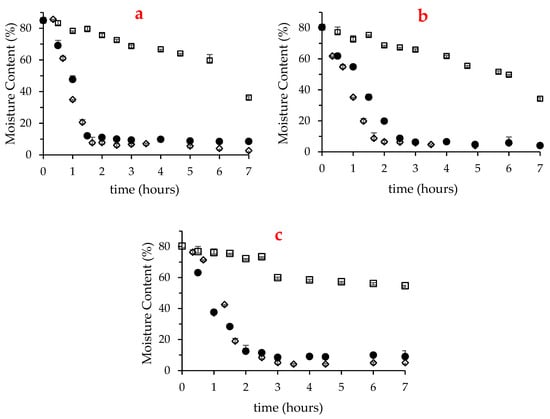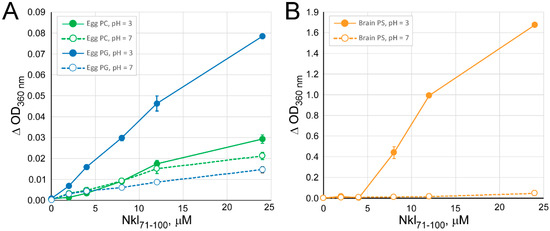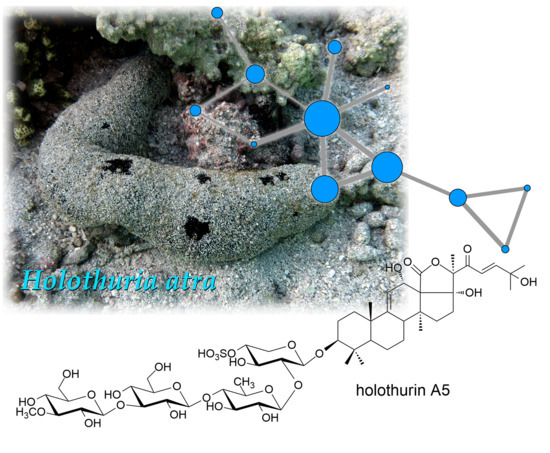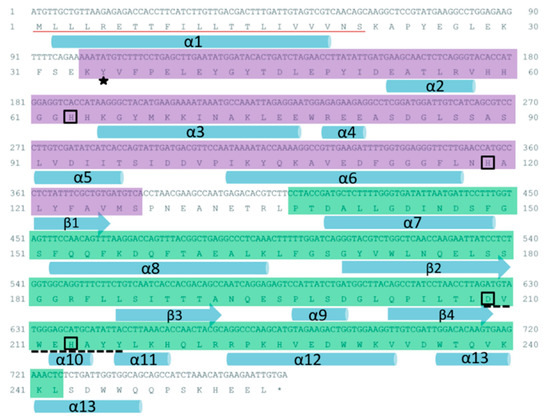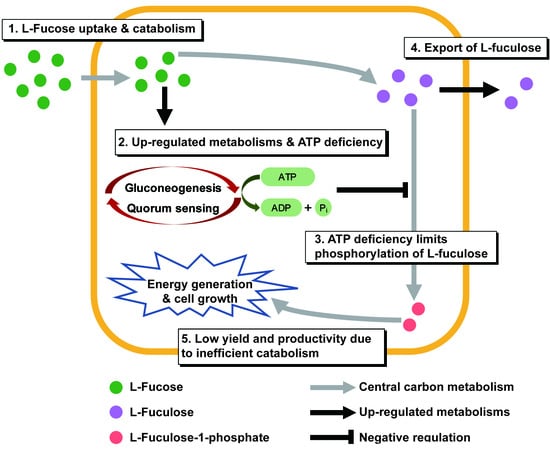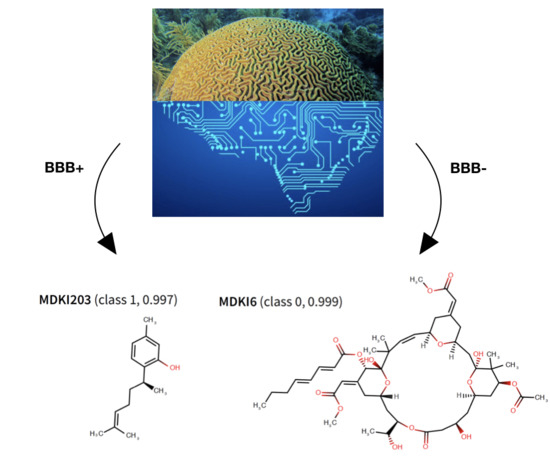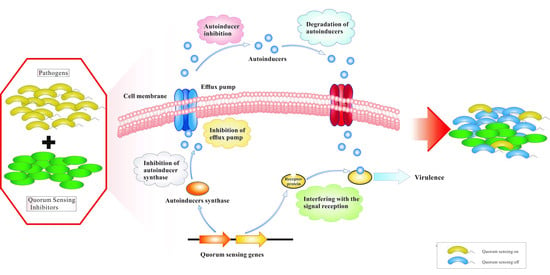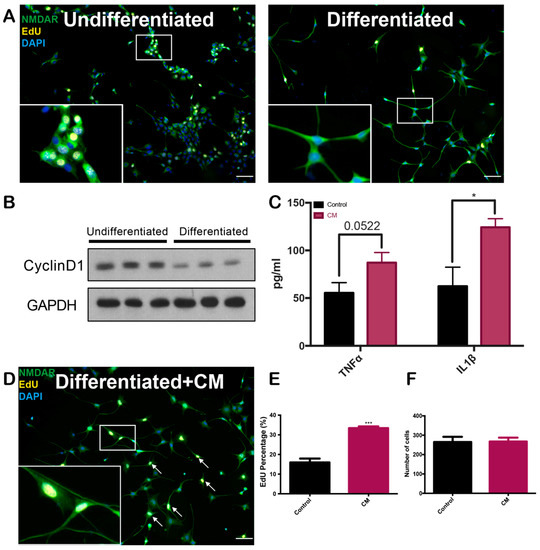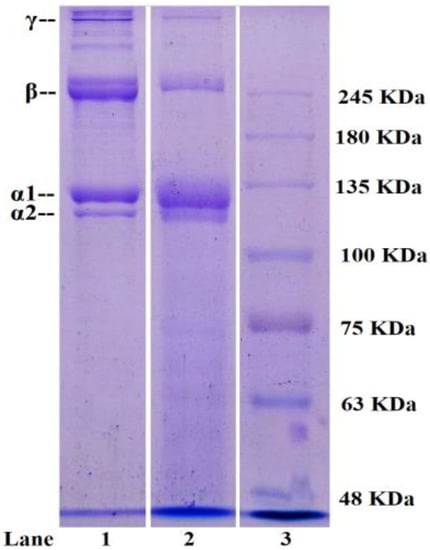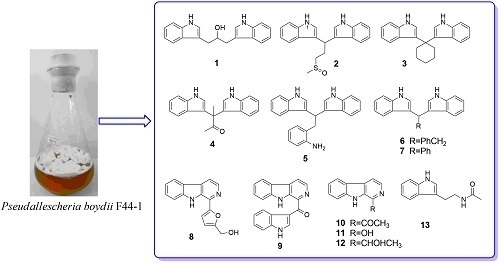Mar. Drugs 2019, 17(2), 91; https://doi.org/10.3390/md17020091 - 1 Feb 2019
Cited by 51 | Viewed by 4357
Abstract
Alzheimer′s disease (AD) is one of the most common neurodegenerative diseases with a multifactorial nature. β-Secretase (BACE1) and acetylcholinesterase (AChE), which are required for the production of neurotoxic β-amyloid (Aβ) and the promotion of Aβ fibril formation, respectively, are considered as prime therapeutic
[...] Read more.
Alzheimer′s disease (AD) is one of the most common neurodegenerative diseases with a multifactorial nature. β-Secretase (BACE1) and acetylcholinesterase (AChE), which are required for the production of neurotoxic β-amyloid (Aβ) and the promotion of Aβ fibril formation, respectively, are considered as prime therapeutic targets for AD. In our efforts towards the development of potent multi-target, directed agents for AD treatment, major phlorotannins such as eckol, dieckol, and 8,8′-bieckol from Ecklonia cava (E. cava) were evaluated. Based on the in vitro study, all tested compounds showed potent inhibitory effects on BACE1 and AChE. In particular, 8,8′-bieckol demonstrated the best inhibitory effect against BACE1 and AChE, with IC50 values of 1.62 ± 0.14 and 4.59 ± 0.32 µM, respectively. Overall, kinetic studies demonstrated that all the tested compounds acted as dual BACE1 and AChE inhibitors in a non-competitive or competitive fashion, respectively. In silico docking analysis exhibited that the lowest binding energies of all compounds were negative, and specifically different residues of each target enzyme interacted with hydroxyl groups of phlorotannins. The present study suggested that major phlorotannins derived from E. cava possess significant potential as drug candidates for therapeutic agents against AD.
Full article
(This article belongs to the Special Issue Enzyme Inhibitor from Marine Organisms)
►
Show Figures

